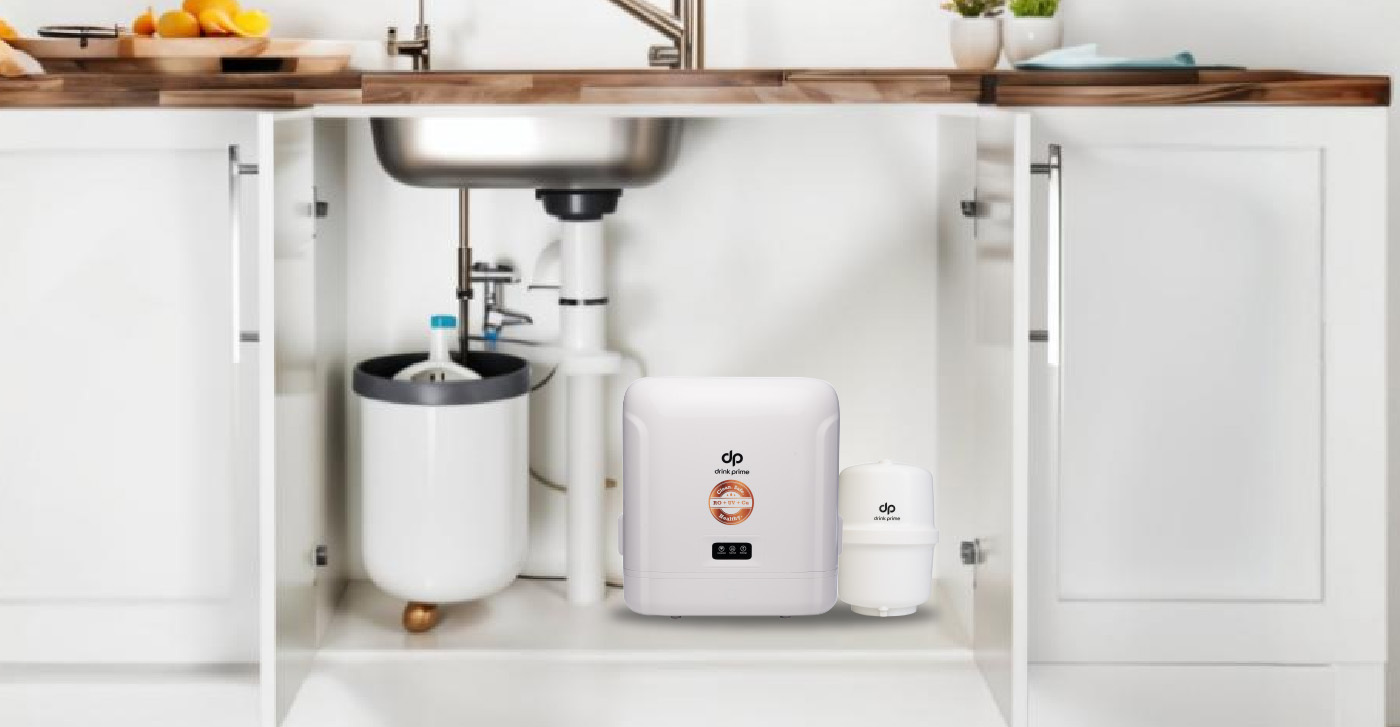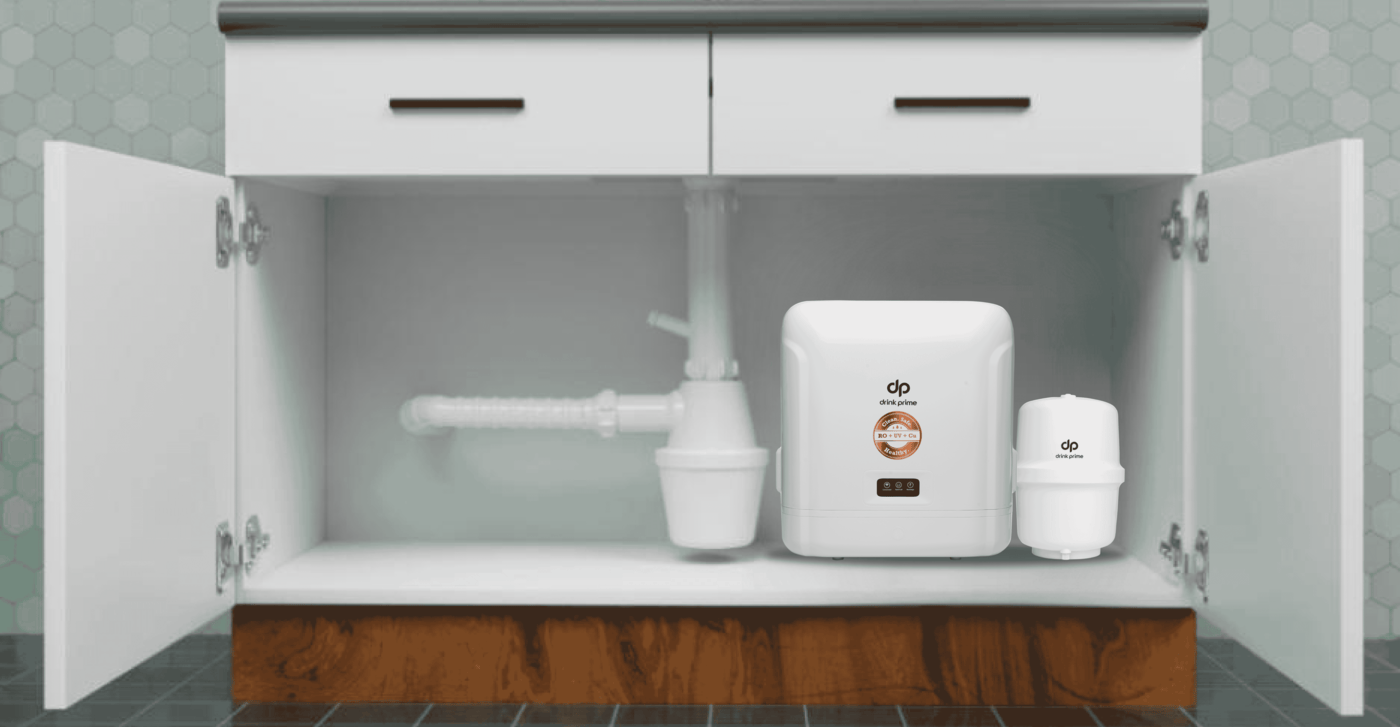The consumption of adequate quantities of hygienic water is crucial for your body to function effectively. The first step to ensure that you do this is to ascertain that you get uninterrupted access to clean drinking water. Due to widespread pollution, civic sources are no longer safe sources of water. Consumption of unfiltered tap water causes a host of waterborne infections, some of which can be fatal. Water purifiers are your best bet to eliminate contaminants from water. In this scenario, it becomes crucial to zero in on the best water purifier for your home and learn how to maintain it effectively. In this blog, we delve into some of the common water purifier issues and how you can handle them effectively.
Which purifier works better for you: RO or UV?
The market today is flooded with a plethora of purifiers, each touting different technologies and benefits, and choosing the best water purifier for your home often becomes confusing. The two most popular purifier types are RO and UV purifier and like the eternal debate of the chicken and the egg, the question here is which purifier is better?
- RO: Reverse osmosis is one of the most popular water purification systems in the world. Reversing the osmotic process, when water passes through a powerful semi-permeable membrane, the dissolved salts and contaminants are left behind and only pure water passes through the membrane. Most germs, viruses, pathogens, and dissolved salts are eliminated in this method.
- UV: In this popular purification method, the water passes through a UV chamber where Ultraviolet rays disinfect your source water by scrambling their DNA and preventing them from replicating. This makes your source water free from pathogens and consequently prevents waterborne infections.
RO vs UV
- A UV purifier does not use any chemicals and hence it is environmentally sustainable. This also means that the taste and odor of water remain the same after purification.
- A UV purifier does not deal with the pathogens after eliminating them and the dead bacteria remain dissolved in your water. A RO, with the help of its semipermeable membrane, eliminates all traces of contaminants by allowing only pure water to pass through the membrane.
- Compared to UV, RO can remove a wide range of contaminants due to its higher hydrostatic pressure, which is not possible with a UV purifier.
- Water filter problems are higher in an RO purifier compared to a UV purifier, as it requires constant maintenance and servicing on your part.
- If you have hard source water, RO is your best, as it softens the water and enhances its taste and odor while effectively dealing with high TDS levels. This is not possible with a UV purifier.
- UV purifiers work best with municipal or tap water with low TDS levels, which have large amounts of microbiological contamination. It is more economical for most Indian homes, too, as RO water purifier prices can be steep.
- A RO, unlike a UV purifier, can eliminate heavy metals and other toxic pollutants.
So, the best water purifier for your home must be chosen based on the TDS levels, hardness, and pH levels of your source water.
Commonly found purifier problems and their solutions
From leaks to unusual odor or taste, you may encounter several water purification problems while handling your purifier. Here, we have listed some of the most observed water filter problems and their possible solutions, so that you get to always enjoy safe water.
- Changed taste or odor: One of the common water filtration problems is the accumulation of a layer of organic or inorganic material called biofilm on the purifier. This causes a rise in contamination levels. Replacing clogged filters or membranes and filter changes every 12 months may be prudent. A metallic taste may indicate a higher amount of sulfates, chloride, etc. from the copper tubing of the purifier. A salty taste may indicate the presence of dissolved salts or other solids. It is best to get your purifier professionally serviced in such cases.
- Low water output: If your purifier is giving out output water very slowly, it can mean that your filters may be clogged. Replace clogged filters or membranes to deal with this issue. Low water output may also be due to low water pressure or a leakage in the air bladder of the storage tank, causing slow water output. So, get those professionally checked.
- Semi-filled RO tank: The water storage tank sometimes does not get filled up fully, giving you very little purified water. In this case, you must check for low water pressure. Ideally, the pressure should be between 40 to 60 Pounds per square inch. In case of lower pressure, use a water pump to increase pressure. If the RO membrane is damaged or clogged, replace it.
- Leakage: If you detect water leakage from the faucet or filter, ensure that you tighten ill-fitting parts or replace damaged components and ensure that the valve is closed properly.
A worn-out O ring in the filter or membrane may also be the culprit.
- Noisy faucet: If you notice a strange noise from the faucet, especially after a filter change, then it is most likely a change in water pressure or air escaping. Ensure that the tubes are installed properly and that the valves are sealed. If the noise persists, consider professional intervention.
- Noisy drain cycle: This may indicate clogged drains if the noise is excessive. So, check and remove clogs, if any, in the drain line.
Get 7 Days Risk Free Trial
Conclusion
Since the purity of your water is directly proportional to the efficiency of your purifier, you must check the purifier for any signs of inefficiency or damage. Tackling minor issues at the beginning will help you prevent the purifier from getting damaged and ensure that you do not have to deal with costly repairs or replacements.
A smart solution would be to opt for a water purifier subscription like Drink Prime. You get access to cutting-edge RO technology while enjoying services like free delivery, installation, maintenance filter charges, and relocation. Talk about being budget-friendly!
So, choose your water purifier wisely, as a happy purifier translates to a healthy you.




